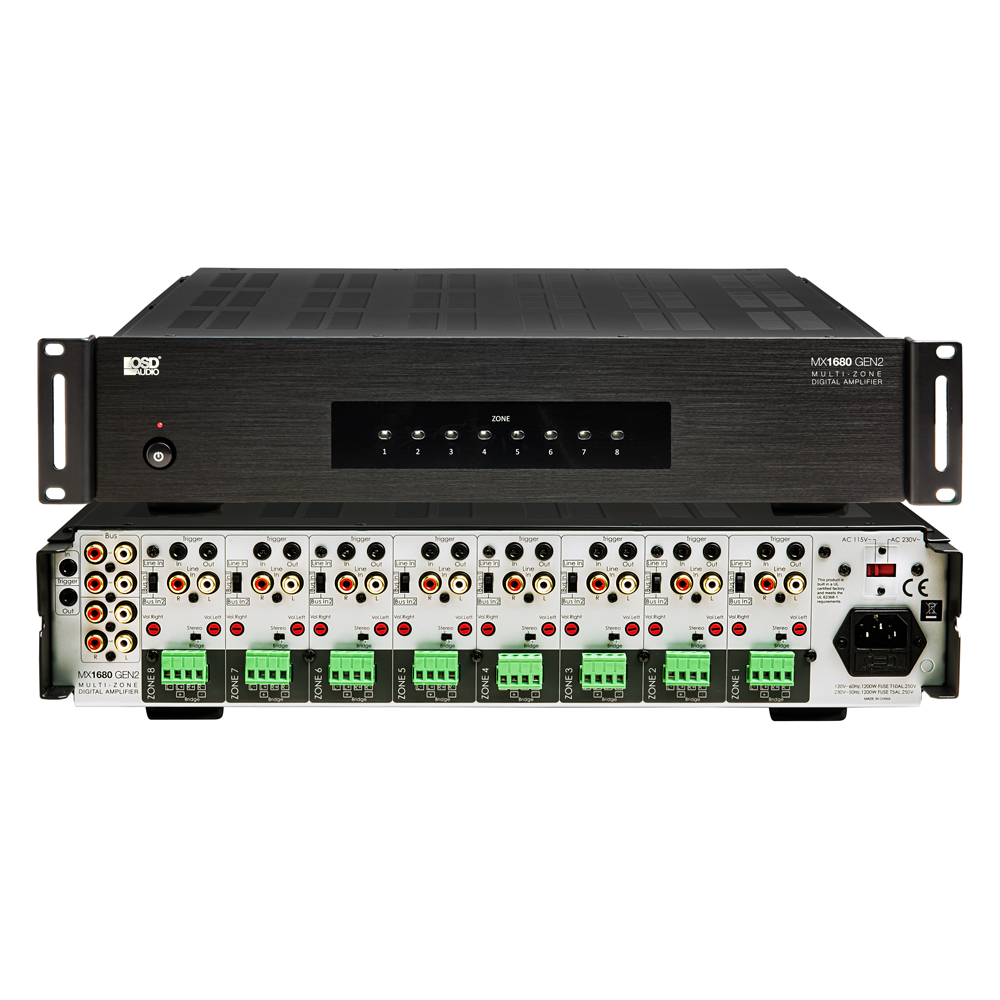The Rise of digital Amplifiers: A Deep Dive
Digital amplifiers have revolutionized the audio landscape, offering a compelling alternative to traditional analog designs. This article delves into the intricacies of digital amplification, exploring its underlying principles, key advantages, and the impact it has had on the audio industry.
1.1 Analog Amplifiers: A Historical Perspective
For decades, analog amplifiers reigned supreme. These devices utilize electronic components like transistors to directly amplify audio signals. While renowned for their warmth and musicality, analog amplifiers also have limitations:

Susceptibility to noise and distortion: The inherent characteristics of electronic components can introduce noise and distortion into the amplified signal.
1.2 The Emergence of Digital Amplification
Digital amplification emerged as a technological advancement, offering a distinct approach to audio amplification. Instead of directly manipulating the analog audio signal, digital amplifiers convert the audio signal into a digital format (a series of 1s and 0s) using an analog-to-digital converter (ADC). This digital signal is then processed and amplified using sophisticated digital signal processing (DSP) techniques. Finally, a digital-to-analog converter (DAC) converts the amplified digital signal back into an analog audio signal for playback.
2.1 Analog-to-Digital Conversion (ADC)
The ADC is a crucial component in digital amplification. It samples the incoming analog audio signal at regular intervals and converts each sample into a digital value. The sampling rate determines the accuracy of the digital representation of the audio signal. Higher sampling rates capture more audio information, resulting in higher fidelity.
2.2 Digital Signal Processing (DSP)

DSP lies at the heart of digital amplification. It encompasses a wide range of techniques, including:
Equalization: Adjusting the frequency response of the audio signal to compensate for room acoustics or speaker characteristics.
2.3 Digital-to-Analog Conversion (DAC)
The DAC performs the reverse operation of the ADC, converting the amplified digital signal back into an analog audio signal. The quality of the DAC significantly impacts the overall sound quality of the digital amplifier. High-performance DACs are essential for accurate and detailed audio reproduction.
Digital amplifiers offer several compelling advantages over their analog counterparts:
3.1 Superior Accuracy and Fidelity
By eliminating the inherent limitations of electronic components, digital amplifiers can achieve significantly lower levels of noise and distortion. This translates to greater accuracy and fidelity in audio reproduction, resulting in a cleaner, more transparent sound.
3.2 Enhanced Control and Flexibility
DSP enables precise control over various audio parameters, offering greater flexibility in shaping the sound. Features like equalization, volume control, and crossover networks can be easily adjusted and customized to suit individual preferences and listening environments.
3.3 Improved Efficiency and Power Consumption
Digital amplifiers can be more efficient than their analog counterparts, resulting in lower power consumption and reduced heat generation. This can be particularly beneficial in portable audio devices and home theater systems.
3.4 Compact Size and Lightweight Design
The absence of bulky transformers and heat sinks in many digital amplifiers allows for more compact and lightweight designs. This makes them ideal for portable applications and space-constrained installations.
Digital amplifiers have found widespread applications across various audio domains:
4.1 Home Audio Systems
Digital amplifiers are increasingly popular in home audio systems, ranging from high-end stereo systems to surround sound setups. They offer a combination of high performance, flexibility, and compact size, making them an attractive choice for discerning audiophiles.
4.2 Professional Audio
Digital amplifiers are widely used in professional audio applications, including live sound reinforcement, recording studios, and broadcast facilities. Their reliability, efficiency, and versatility make them ideal for demanding professional environments.
4.3 Car Audio
Digital amplifiers have revolutionized car audio systems, offering significant improvements in sound quality and power output. They enable car audio enthusiasts to achieve high-fidelity sound reproduction in their vehicles.
4.4 Portable Audio Devices
The compact size and efficiency of digital amplifiers make them well-suited for portable audio devices, such as smartphones, tablets, and portable speakers. They enable these devices to deliver powerful and high-quality audio despite their small form factor.
The future of digital amplification looks promising. Continued advancements in DSP technology are expected to further enhance the performance and capabilities of digital amplifiers.
5.1 Emerging Trends
Class-D amplification: This efficient switching amplifier topology is becoming increasingly prevalent in digital amplifiers, offering high efficiency and power output.
Digital amplifiers have emerged as a transformative technology in the audio industry, offering a compelling alternative to traditional analog designs. Their superior accuracy, flexibility, and efficiency have made them a preferred choice for a wide range of applications, from home audio systems to professional audio installations. As technology continues to evolve, we can expect to see even more innovative and sophisticated digital amplifiers that redefine the boundaries of audio performance.
digital amplifier
